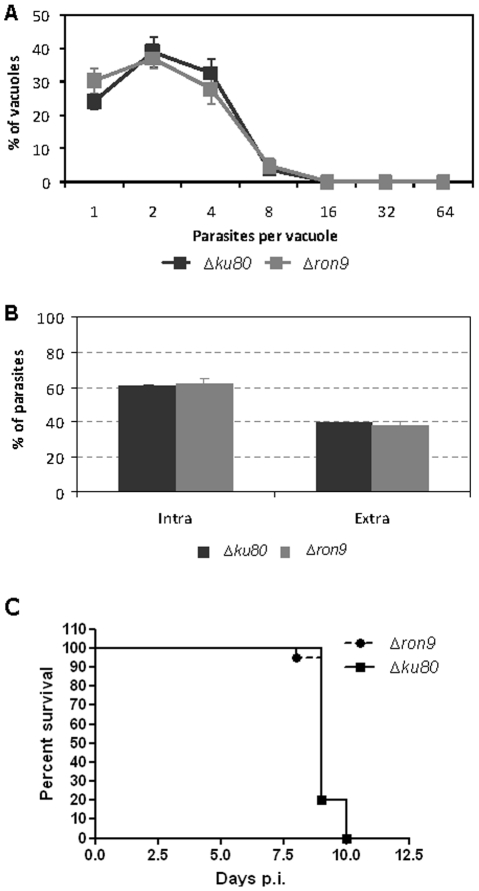Figure 8. Δron9 parasites do not display any defect in replication and invasion in vitro, nor in virulence in vivo.
(A) The intracellular replication of Δron9 parasites was compared to that of the parental Δku80, 18 h post-infection. For this, the number of parasites per vacuole was counted after anti-SAG1 labeling of the parasite surface. Values represent means ± standard deviations (SD), n = 3, of 4 independent assays. (B) Invasion assays were carried out on freshly released highly synchronized tachyzoites. Invasion was allowed to take place for 5 min prior cells fixation and IFA processing as described in material and methods section. Values represent means ± standard deviations (SD), n = 3, from a representative experiment out of 3 independent assays. (C) Deletion of RON9 did not reduce virulence in mice. Twenty tachyzoites of the indicated strains were injected i.p. into Balbc mice (n = 20), and mouse survival was monitored daily for 15 d.

